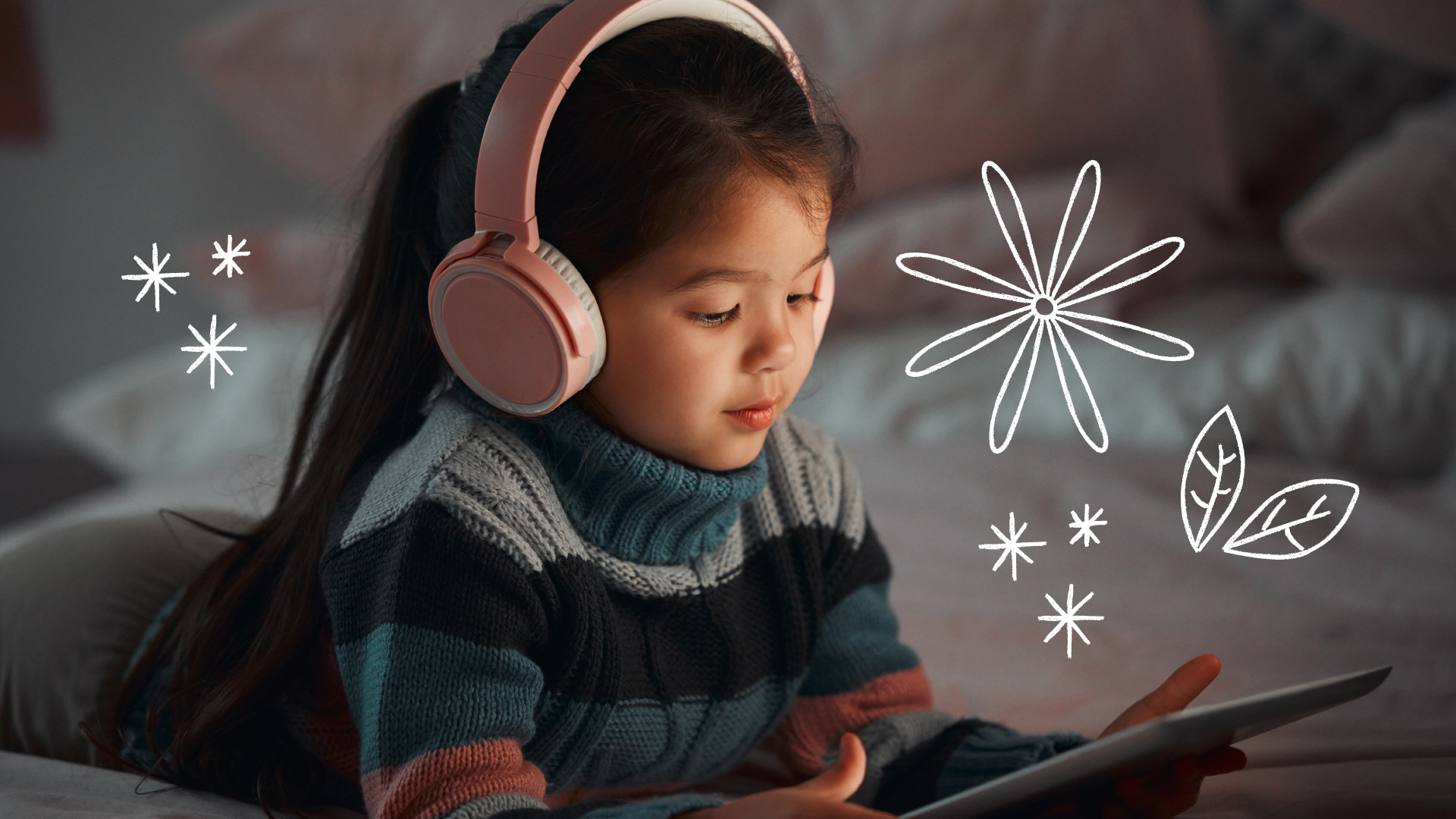
- 6 mins
10 Expert-Backed Coping Skills to Help Kids With Stress and Anxiety

Self-regulation is a term used to describe the ability to control one’s emotions, thoughts, and behaviors. It is a skill that develops over time and with practice. Just as children learn to walk and talk, they also learn how to self-regulate.
There are many benefits of self-regulation. When children can control their emotions and behavior, they are better able to:
According to Morawska et al. (2019), parents and caregivers play a vital role in the way their children develop self-regulation. There are a variety of self-regulation tools that can help children develop this critical skill.
As a parent, teacher, or caregiver, you are a role model for the children in your life. When you model self-regulation, you provide them with a valuable example to follow. If you feel sad, express it and show your child or student how you cope with the emotions and feelings. Perhaps you can say, “I’m sad. I might go lie down for a few minutes.”
Children often have difficulty understanding and communicating their feelings. Help them identify and name their emotions. For example, you might say “You look angry.” This will help them become more aware of their feelings and start understanding how to control them. You can always add, “it’s okay to feel angry. We all do at times.”
Relaxation techniques can help children calm down and regain control. Deep and slow breathing, progressive muscle relaxation, and visualization are all great options. You can do some of these along with your child to create an interactive learning opportunity.
Physical activity is a great way to help children release excess energy and frustration. It can also help them focus and concentrate. I usually suggest a boxing bag for children working through a lot of anger.
A calm and orderly environment can go a long way in helping children to self-regulate. Reduce distractions and provide structure and routines. Try and label areas in your home if you are comfortable with this. For example, you can have a reading corner, a sensory corner with soft toys and pillows, a workstation, and an area for parents to work. The more consistent, clear, and decluttered, the better. This is true not only for our children but for us too!
When children display self-regulation, be sure to point it out and praise their efforts. This will help to encourage them to continue using these skills. We tend to focus on what we can help our children with and sometimes forget to mention everything they are doing that is great. I have added a reminder in my schedule to praise a few good behaviors daily from my students or my partner’s children. This helps them and me too.
Children who can solve problems are better equipped to deal with difficult situations. Help them to develop problem-solving skills by brainstorming solutions to problems together before you do or complete tasks for them. Professor Sugata Mitra did an amazing TED Talk on how a simple act of reinforcing a child coupled with some guidance to solve problems independently has led to wonderful results. Click here to watch his video.
Too much screen time can be detrimental to children’s self-regulation skills. It can lead to impulsivity, difficulty paying attention, and problems with sleep. You can switch this around and work on self-regulation for some screen time, though. We have instilled a rule in our home where we ask the children to stay outdoors, keeping themselves entertained for at least an hour to gain half an hour of screen time. It works like a charm, and they are learning to tell time on any and all watches and clocks.
Sleep is essential for children’s physical and mental health. It is also necessary for self-regulation. Ensure your child gets enough sleep by establishing a regular bedtime routine. Moshi has some excellent stories and meditations available for children to help them fall asleep at the same time every night. Click here for a soothing bedtime story.
If you are concerned about your child’s self-regulation skills and none of the strategies mentioned are making a difference, you might need to seek professional help. A mental health professional can assess your child and provide guidance and resources.
Morawska, A., Dittman, C. K., & Rusby, J. C. (2019). Promoting self-regulation in young children: The role of parenting interventions. Clinical Child and Family Psychology Review, 22(1), 43–51.